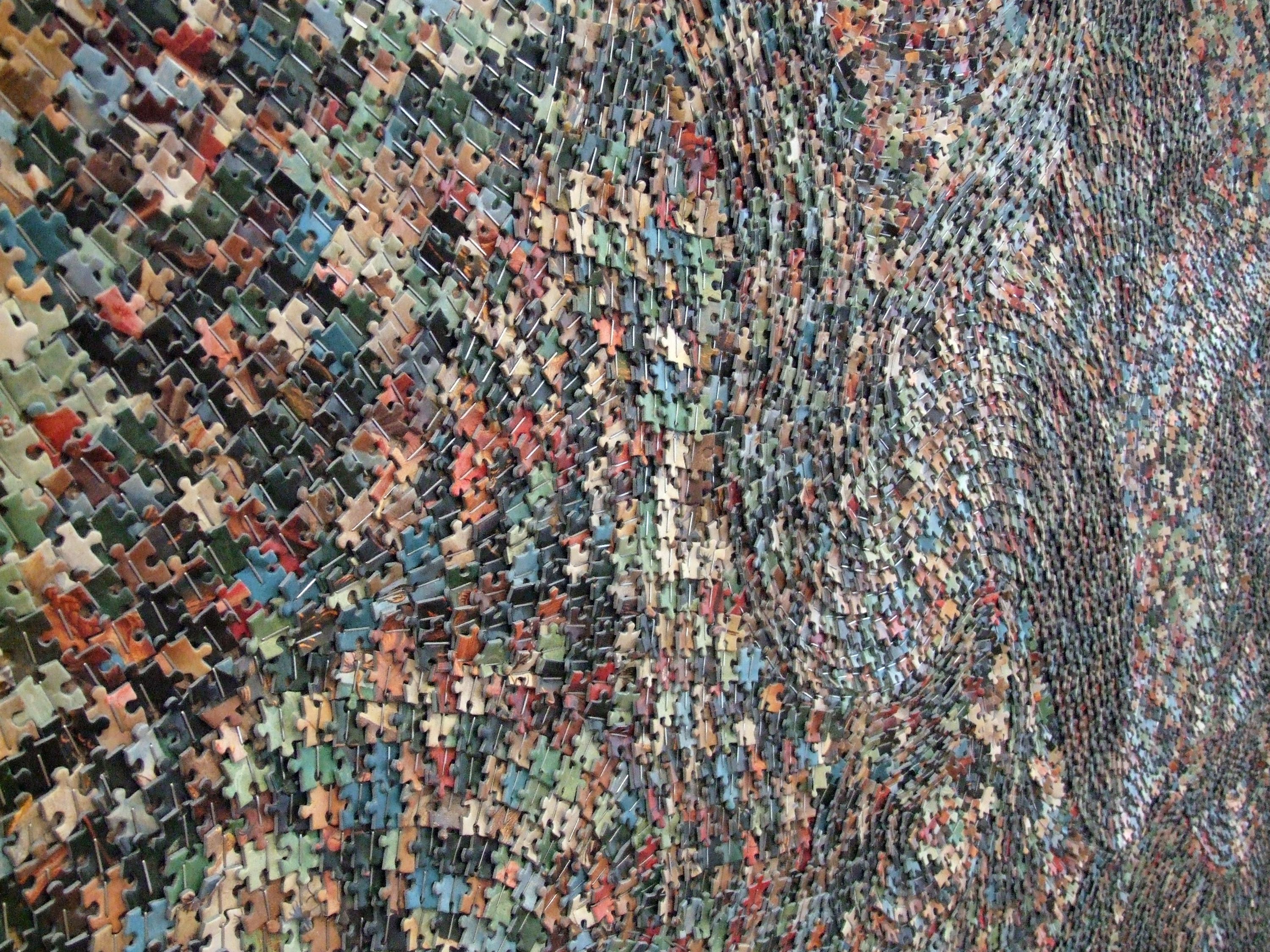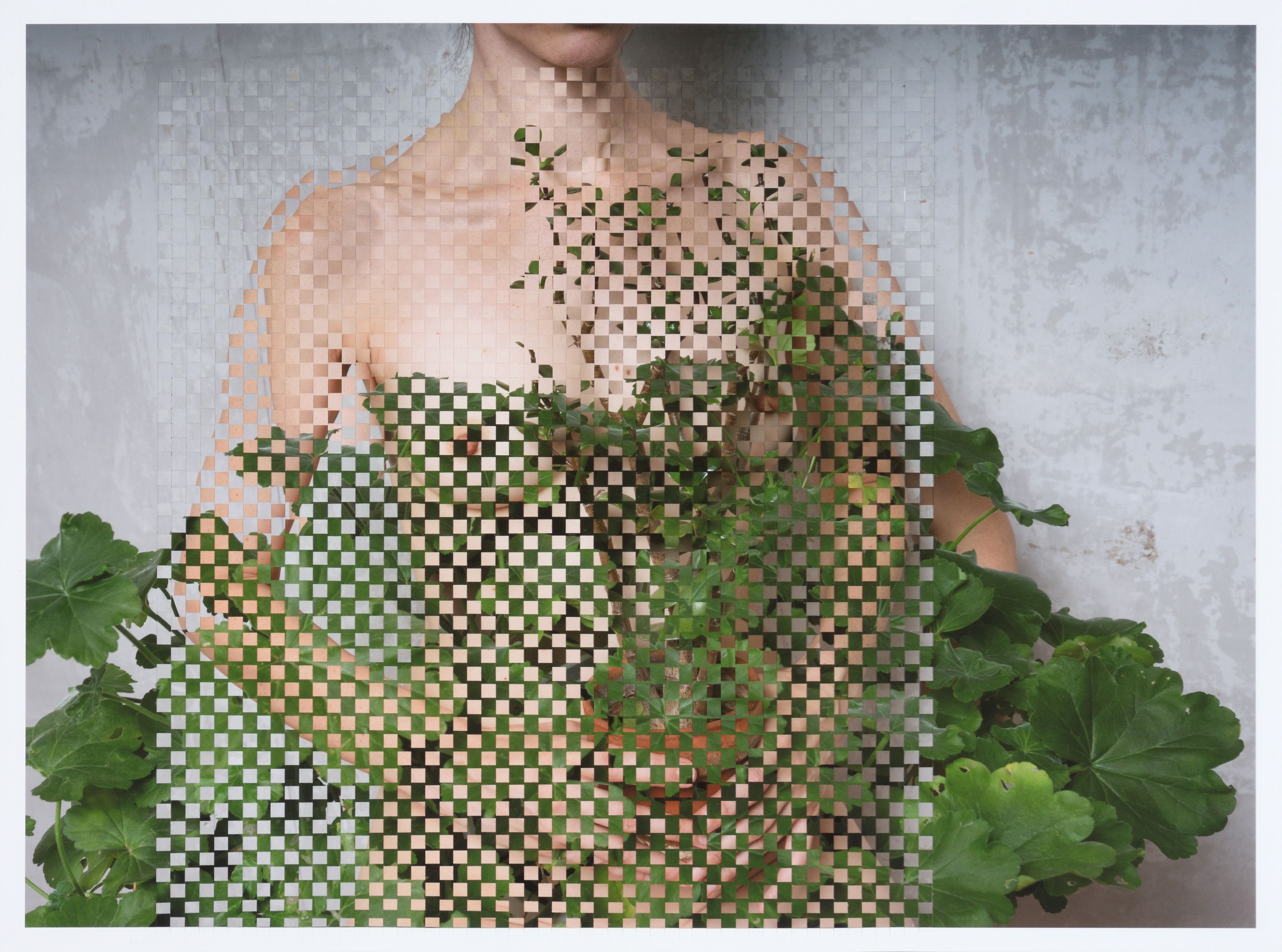Hajnalka Tarr
According to Taste
| Venue: | acb Gallery |
| Date: | Apr 15 – May 13, 2011 |
Description
According to Taste is Hajnalka Tarr’s second solo exhibition at the acb Gallery. The exhibition features pieces of the artist’s new series, which she began in 2010 and completed recently. The works use iconic masterpieces from the history of painting as a starting point in that they are comprised of the puzzle versions of these famous artworks. Hajnalka Tarr rearranges the tiny jigsaw pieces, which are modeled after the original paintings, according to her own taste, thus producing abstract images that conjure up the original artwork only through their size and colors. The overlapping puzzle pieces, which are unique for each artwork – assuming sometimes swirling, sometimes geometric structures – form a relief-like surface, whose texture is further enhanced by the clamps used to keep the tiny cardboard pieces in place.
Through her process of deconstruction, Hajnalka Tarr explores how we think about art, asking those questions that resurface time and again in relation to authenticity, aura, and the relationship between the artwork and how it is received. In her own words: “I was interested in what happens to those works that wish to exert an effect differently, those that have maintained an “I am guaranteed to be art” identity for the longest time. These works are paintings. To what extent it was the given era that turned them into works of art and to what extent they are that regardless, is impossible to tell. What can be stated about most of them, however, is that they still “work.” They are still ticking. They are not documentation; they emanate the scent of art. It is the origin of this “scent” that I was curious about; the physically ungraspable quality that has sustained these paintings as works of art for centuries. The products of my own activity don’t seem to carry quite the same guarantee of a work-of-art identity in the long term. To be honest, I would be hard-pressed to name works from the domain of visual arts in which I sense an essence that would sustain them as works of art even 200 years from now. Thus, I have created objects whose every atom originates from artworks that carry this scent of immortality. If “A” is the truth, then every molecule of “A” is also the truth. And if every one of its molecules is also the truth, then it doesn’t matter, how these are arranged. They will still constitute the truth if they pile into a “B” shaped mass. Or not…”
Hajnalka Tarr’s questioning – similarly to her earlier works – is conceptual in this series as well, which, as always, nevertheless offers its viewers an experience that is not only intellectual but also aesthetic.

